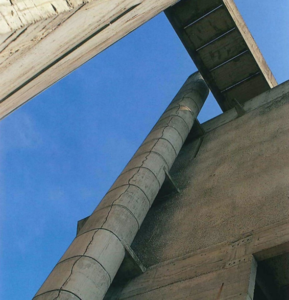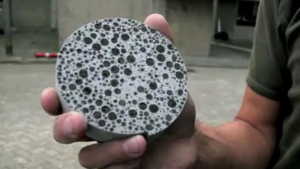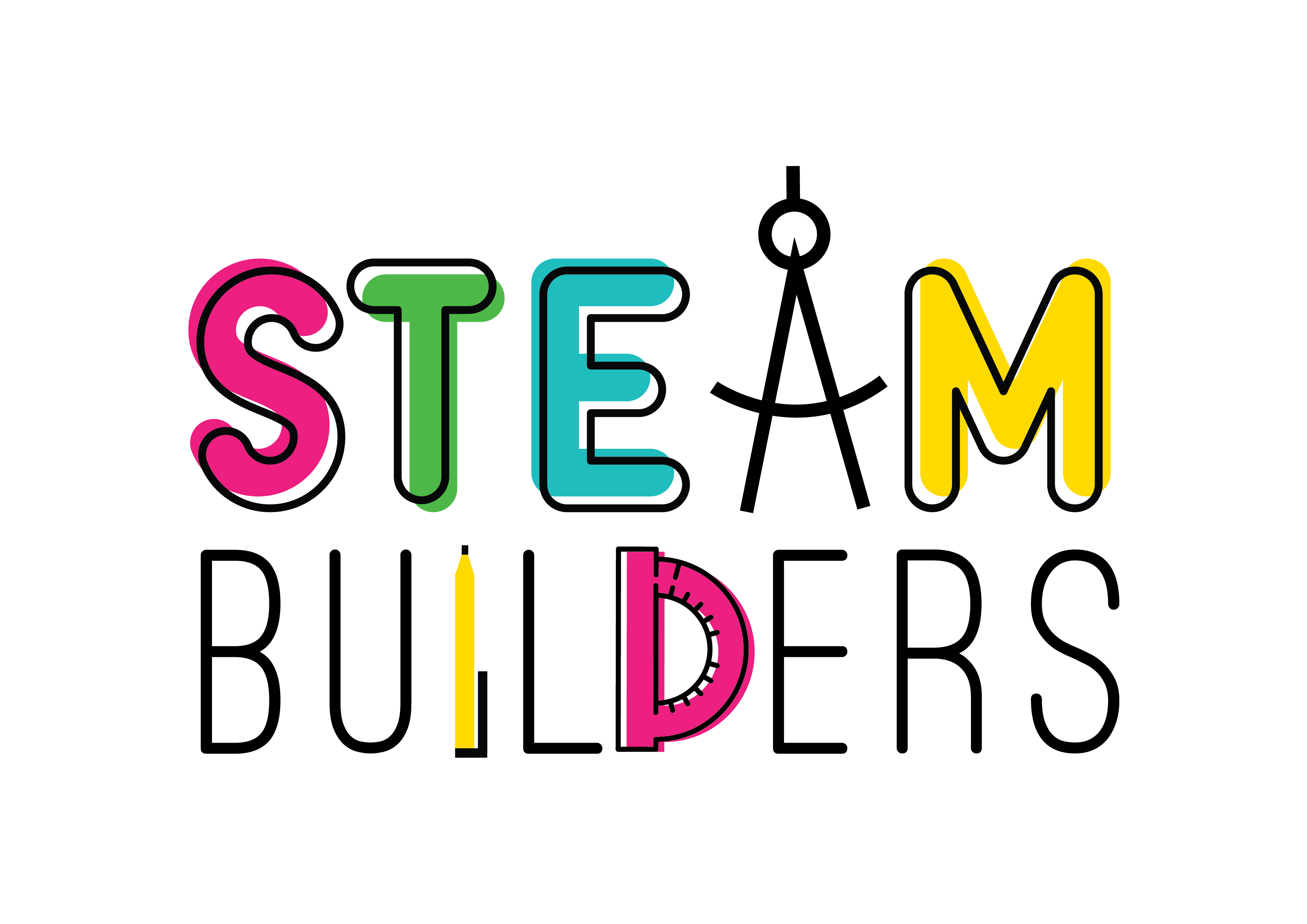
15 sep Material Science in Arts: How nanotechnology is used for the conservation of cultural heritage
Skills in Science, Technology, Engineering and Mathematics (STEM) are becoming an increasingly important aspect of basic literacy in today’s knowledge economy. However, according to recent studies, pupils’ interest in school -especially in subjects such as Mathematics- tend to have shown significant deterioration. The decline of students’ involvement in STEM subjects is particularly noticeable in secondary schools when there is not enough contextualization of the theory. A more hands-on approach, linking what they learn in school with a concrete life situation, will boost the pupils’ interest, thus exploring their own creative ideas.
The STEM approach to education fosters creativity and divergent thinking alongside fundamental disciplines. Taking it a step further, the STEAMbuilders project suggests that teaching the sciences in a way that integrates the Arts is more beneficial to students, as it motivates and inspires young people to generate new technologies and ideas.
The beginning of civilization started with a series of material innovations; the Bronze Age and the Iron Age set us on the path to where we are now. So, the history of architecture is deeply connected with the technological developments of the time. Material properties shape buildings and influence how they perform. Technologies such as digital fabrication, robotics and 3D printing have not only accelerated the development of new construction solutions but have also led to a renewed interest in materials as a catalyst for architectural design.

Figure 1/A large crack down the chimney of Corbusier’s La Tourette is a challenge that concrete icons pose for preservationists. Source: https://architizer.com/blog/practice/materials/material-trends/
Here are 2 examples of drastic innovations in material science that may be transforming the building environment and the future of architect’s preservation.
Self–Healing Concrete
The world’s most widely used material is unavoidably cracking due to exposure to water and chemicals. A team of engineers in the Netherlands developed a re-healable concrete that extended the life of this popular material by infusing it with bacterial spores that patch up cracks when water seeps through. The concrete has been mixed with calcite-precipitating bacteria, which can survive in the cement for over 200 years. When a crack appears, they start the production of limestone to fill it. This innovative technology has begun to be used in projects, suck as a set of self-healing water tanks in the Netherlands.

Figure 2/Bacterial spores are added to the concrete mix; they are activated by water. Source: bbc.com
In this video you can see a timelapse of the self-healing water tanks construction
Nanomaterials
Nanotechnology is a huge part of material science, pushing beyond the limits of what once seemed impossible. Combining nanomaterials such as Carbon Nanotubes (CNTs) with high strength concrete create a hybrid material so strong in both tension and compression that steel rebar is no longer needed in construction, thus making the building process much faster. But the possibilities don’t stop there. Nanomaterials for the restoration of works of art represent a breakthrough in cultural heritage and conservation. For instance, there has been a huge development in the strengthening and protection of surfaces by using nanocontainer and nanoparticles and nanostructured substrates and sensors for enhanced molecules detection.
STEM might be necessary for technological progress, but without the Arts it is impossible for students to reach their full potential. The combination of STEM related fields -such as material science or nanotechnology- and architecture is giving rise to interdisciplinary research, applying creative thinking to STEM projects and igniting students’ imagination. Recognizing that children learn what they are excited about, the cultural teaching approach can increase students’ interest and investment in STEM education in the conception of new materials and their applications in more artistic fields.
References
Faber K.T., Casadio F., Masic A., Robbiola L., Walton M. (2021) Looking Back, Looking Forward: Material Science in Art, Archaelogy and Art Conservation, Annual Review of Materials Research
Baglioni P., Chelazzi D., Giorgi R. (2021), Nanorestart: Nanomaterials for the restoration of works of art
Garkavenko A. (n.d.), https://architizer.com/blog/practice/materials/material-trends/, 7 Emerging Materials That Will Change Architecture
Rincon P., (2012), Key test for re-healable concrete, BBC News website
